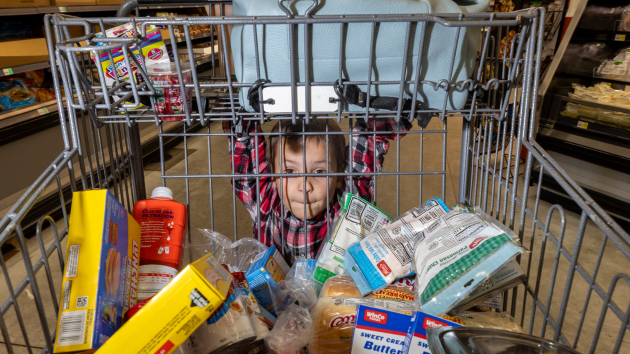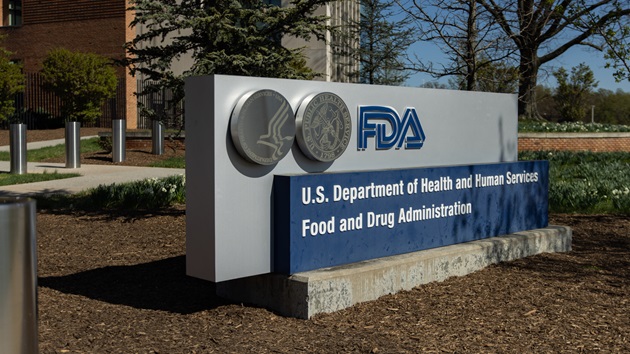New COVID guidelines ease in-person work but won’t spur return to office, experts say
Written by luck on August 18, 2022

(WASHINGTON) — Apple on Monday made headlines as the latest major company to call its workers back to the office, setting a deadline for early next month that will require workers to do their jobs in person three days each week, Bloomberg reported.
The move came days after the Centers for Disease Control and Prevention released new guidelines that softened the recommended precautions for preventing the spread of COVID.
The guidelines, announced last Thursday, recommended institutions screen otherwise healthy individuals for the virus in most settings, and the new rules set aside the 6-feet standard for social distancing.
Further, the guidelines relaxed a five-day quarantine period for unvaccinated individuals after an exposure to COVID. Instead, following an exposure, unvaccinated people should forego the quarantine but wear a mask for 10 days and test after five days, the CDC said.
The change in CDC policy will make it easier for employers to bring workers back to the office, shifting the public health responsibility to individual workers and away from businesses, while allowing all workers to stay on the job after a COVID exposure, public health experts told ABC News. The move reflects an approach that aims to mitigate spread but not prevent infection entirely, as widespread immunity and treatments reduce the risk of severe illness, they added.
However, the CDC guidelines will not spur a rapid shift back to in-person work, or even any shift at all, since public health concerns no longer make up the primary reason behind remote work, economists told ABC News. Rather, the widely held preference among employees for some degree of remote work — combined with the leverage afforded to workers as employers struggle to fill openings — should preserve the current level of remote work, the economists added.
“Even as COVID recedes as a reason for all these work arrangements, they’ve now developed a momentum of their own,” Julia Pollak, a labor economist for job site ZipRecruiter, told ABC News. “It’s difficult to put the genie back in the bottle.”
In recent months, the U.S. economy has reached a stable level of roughly 30% of all paid working days done from home, said Jose Maria Barrero, a finance professor at Instituto Tecnológico Autónomo de México, a private university in Mexico City, who co-authors a regular survey on remote work. When limited to jobs for which it is possible to work from home, such as managerial-style roles, the proportion of paid working days done at home rises to between 50% and 60%, he added.
Early in the pandemic, employees wanted to work remotely far more than businesses wanted to accommodate them, Barrero said. Over time, however, that gap has narrowed considerably, in part because companies have conceded to the preferences of workers, who retain significant leverage in a tight labor market. In light of how stable the level of at-home work has become, even if economic or public health conditions change, the proportion of workdays done in-person will likely remain consistent, he said.
“We’re actually pretty close to what the post-pandemic normal is going to be,” Barrero said.
That view of a permanent remote workplace contradicted the newfound ease for employers under the recently released guidelines. However, the outlook aligned with the reaction to the guidelines voiced by several epidemiologists, who said the new rules reflect a shift toward living with covid as a permanent feature of everyday life, much like remote work.
The removal of quarantine for unvaccinated people upon exposure, for instance, shows a willingness to accept that people have largely given up stringent limits in the activity of their personal lives, Amesh Adalja, a senior scholar at Johns Hopkins Center for Health Security, told ABC News.
“This is much more real-world guidance,” he said. “Because people live in a certain way outside of work, that means exposures are ubiquitous.”
Meanwhile, workplaces benefit from the widespread immunity that has resulted from vaccine uptake or contraction of covid, said Wafaa El-Sadr, a professor of epidemiology and medicine at the Columbia University Mailman School of Public Health. Plus, remedies like vaccine boosters and treatments limit the likelihood of severe illness in the event of an infection, she added.
“There is a major shift in how people consider Covid-19, and getting infected with this virus,” El-Sadr told ABC News. “The shift has been happening slowly and this solidifies that shift to a different frame of mind.”
Still, the relaxation of workplace precautions like testing of asymptomatic people risks making businesses vulnerable to outbreaks, especially if the U.S. experiences another surge in cases, said Julia Raifman, a professor at the Boston University School of Public Health.
“Each of the tools we have are important — none of them are sufficient on their own to mitigate the harms of covid,” she said. “We need all of them.”
In either case, the ranks of those working at the office are not likely to grow anytime soon, said Barrero, the Mexico City-based economist.
“The question of return to work is much bigger than the pandemic, infections, and COVID at this point,” he said.
Copyright © 2022, ABC Audio. All rights reserved.





